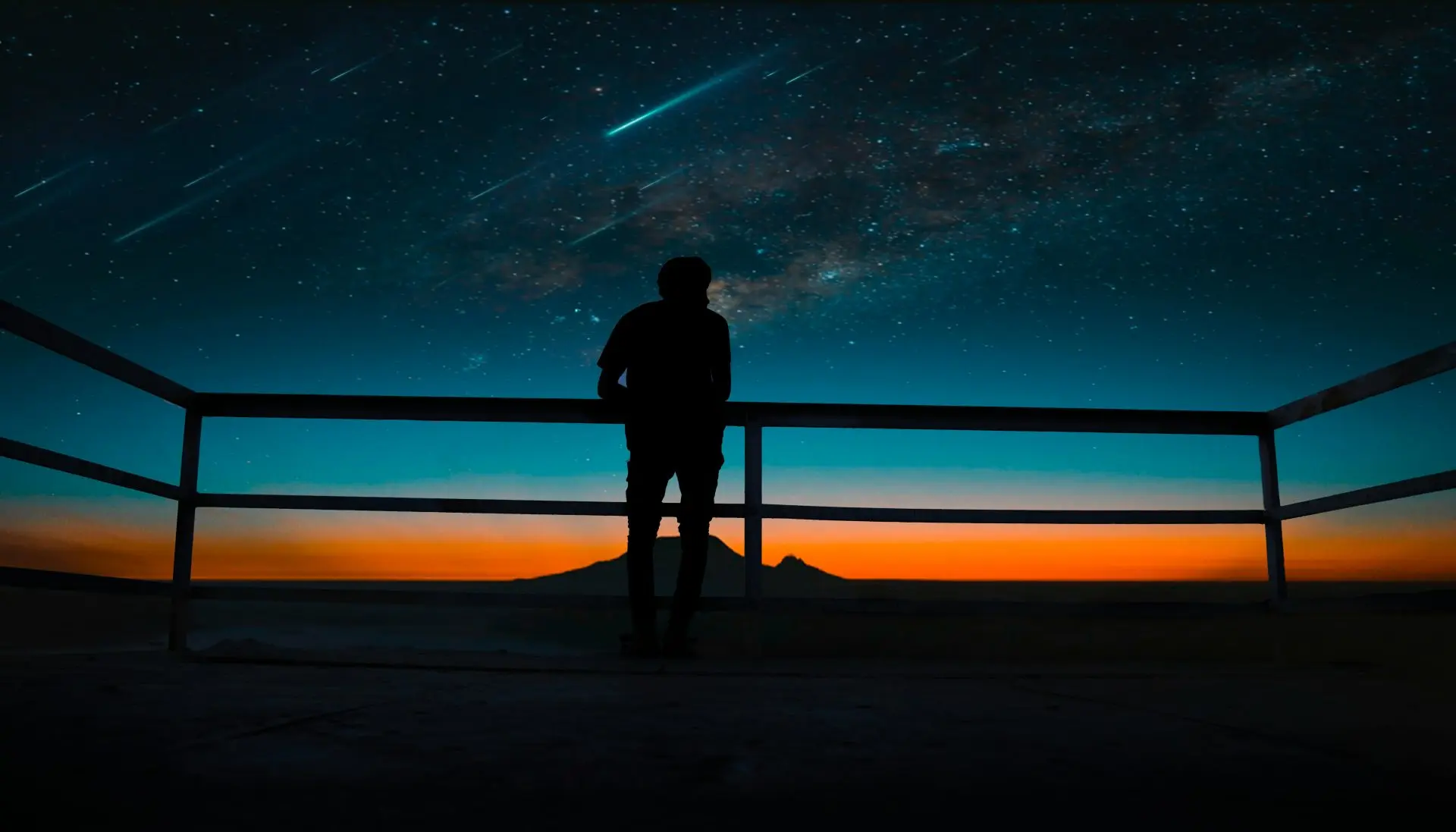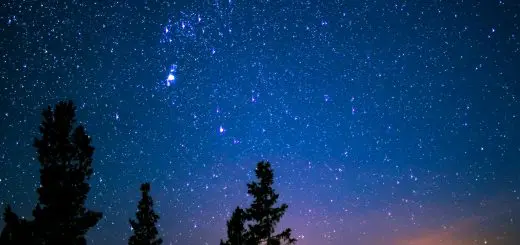Sobek: Crocodile Deity of the Nile

Looking for more amazing products? Check out our online store and explore our collection here! Happy shopping!
Before diving in, please note: This post is for informational purposes only. If you’d like to know more about how we approach topics, feel free to check out our friendly Disclaimer Page.
Hey there, amazing readers! 
We’re committed to delivering quality posts, and your support (even just sticking around despite the ads) means everything to us. So, bear with us, and thanks for helping us keep the good vibes rolling. Now, on to the fun stuff!
TRANSLATE BUTTON AT THE END OF THE ARTICLE
Sobek: Crocodile Deity of the Nile
Overview
Sobek, the Crocodile Deity of the Nile, holds a significant place in the ancient Egyptian pantheon.
As one of the most recognizable and formidable gods, Sobek was both feared and revered.
In this article, we will delve into the origins, mythology, role, depictions, worship, and symbolism of Sobek, exploring how this deity influenced ancient Egyptian society and culture.
Origins and Mythology of Sobek
The origins of Sobek can be traced back to the ancient city of Crocodilopolis, known as Shedet in ancient Egypt.
Sobek, whose name translates to "the one who causes dread," was believed to have emerged from the primordial waters of Nun, the chaotic watery abyss that existed before creation.
According to mythology, Sobek played a crucial role in the creation of the world, symbolizing the Nile’s life-giving waters that fertilized the land.
Sobek’s Role in Ancient Egyptian Religion
Sobek held a prominent place in ancient Egyptian religion as a powerful and multifaceted deity.
He was often associated with protection, fertility, and divine kingship.
As a fierce and formidable deity, Sobek was regarded as the protector of the pharaoh and the people.
He was also believed to control the Nile’s floods, ensuring an abundant harvest and prosperity for the land.
Depiction and Symbolism of Sobek
Sobek was often depicted as a man with the head of a crocodile or as a fully formed crocodile.
The combination of human and crocodile features symbolized the deity’s power and ferocity.
He was portrayed with a muscular body, a long snout, and sharp teeth, highlighting his strength and predatory nature.
In some depictions, Sobek wore a solar disk or a plumed headdress, indicating his association with the sun and kingship.
Worship and Temples Dedicated to Sobek
Sobek was highly venerated in ancient Egypt, and numerous temples were dedicated to his worship.
The most famous of these temples was the Kom Ombo temple, located in Upper Egypt.
This temple was dedicated to both Sobek and Horus, the falcon-headed deity.
The temple held great significance, as it represented the balance between the fertile lands of the Nile and the arid desert.
Sobek and Other Egyptian Deities
Sobek had significant connections with other Egyptian deities.
He was often linked to the sun god Ra, reflecting his solar attributes and association with kingship.
Sobek was also associated with Horus, the sky god, as they both symbolized the pharaoh’s power and authority.
Additionally, Sobek was sometimes merged with the crocodile goddess, Taweret, forming a protective deity associated with childbirth.
Sobek’s Associations with the Nile and Water
As the Crocodile Deity of the Nile, Sobek had a strong association with water, particularly the Nile River.
The Nile was the lifeline of ancient Egypt, providing fertile soil for agriculture and sustaining the civilization.
Sobek was believed to control the river’s floods, ensuring its life-giving waters reached the land.
This association made Sobek a vital deity for the prosperity and survival of the Egyptian people.
Sobek’s Role in Ancient Egyptian Society
Sobek played a crucial role in ancient Egyptian society, especially in relation to the pharaoh and the military.
The pharaoh was considered the earthly representation of Sobek, embodying his power and protection.
Military expeditions often sought Sobek’s favor and protection, believing that the deity’s ferocity would aid them in battle.
Explore the Path to Spirituality and Enlightenment – Start Here.
Sobek’s presence in society extended beyond religious beliefs and rituals, permeating various aspects of Egyptian life.
Sobek’s Connection to Pharaohs and Crocodile Cults
Sobek’s connection to pharaohs was evident through the establishment of crocodile cults.
These cults revered Sobek and the crocodiles themselves, considering them divine creatures.
Pharaohs, particularly during the Middle Kingdom, were known to keep sacred crocodiles in pools within their palaces, further solidifying the connection between Sobek and royalty.
These crocodile cults were an integral part of the pharaoh’s religious and political identity.
Sobek’s Worship and Rituals in Ancient Egypt
Worship of Sobek involved elaborate rituals and ceremonies.
Devotees would make offerings of food, incense, and precious objects to gain the favor and protection of the deity.
Priests performed rituals involving dance, music, and recitation of hymns to honor Sobek.
Additionally, specific festivals, such as the "Procession of Sobek," were held to celebrate the deity and seek his blessings.
Decline of Sobek’s Worship and Modern Interest
Sobek’s worship experienced a decline during the Ptolemaic and Roman periods as the influence of other deities and religions grew.
The rise of Christianity further diminished the prominence of Sobek in Egyptian religious practices.
However, in modern times, there has been a resurgence of interest in ancient Egyptian culture and mythology, leading to a renewed fascination with Sobek and his significance.
Legacy and Influence of Sobek in Egyptian Culture
Sobek’s legacy and influence can be seen in various aspects of Egyptian culture.
His depiction in art and architecture, such as statues and temple reliefs, showcases his importance in ancient Egyptian society.
Sobek’s association with fertility and protection also influenced the symbolism and amulets used in daily life.
Even today, Sobek remains a captivating figure, inspiring artists, writers, and researchers to explore the rich mythology and history of ancient Egypt.
Conclusion
Sobek, the Crocodile Deity of the Nile, held immense power and significance in ancient Egyptian religion and society.
As a protective deity associated with fertility and kingship, Sobek’s influence extended far beyond religious rituals, permeating various aspects of Egyptian culture.
Although his worship declined over time, Sobek’s legacy lives on in the art, architecture, and mythology of ancient Egypt, continuing to captivate and inspire people worldwide.

The Enlightenment Journey is a remarkable collection of writings authored by a distinguished group of experts in the fields of spirituality, new age, and esoteric knowledge.
This anthology features a diverse assembly of well-experienced authors who bring their profound insights and credible perspectives to the forefront.
Each contributor possesses a wealth of knowledge and wisdom, making them authorities in their respective domains.
Together, they offer readers a transformative journey into the realms of spiritual growth, self-discovery, and esoteric enlightenment.
The Enlightenment Journey is a testament to the collective expertise of these luminaries, providing readers with a rich tapestry of ideas and information to illuminate their spiritual path.
Our Diverse Expertise
While our primary focus is on spirituality and esotericism, we are equally passionate about exploring a wide range of other topics and niches 

To ensure we provide the most accurate and valuable insights, we collaborate with trusted experts in their respective domains 
Our blog originally focused on spirituality and metaphysics, but we’ve since expanded to cover a wide range of niches. Don’t worry—we continue to publish a lot of articles on spirituality! Frequently visit our blog to explore our diverse content and stay tuned for more insightful reads.
Hey there, amazing reader! 
Check out our store here and take a peek at some of our featured products below! Thanks for being awesome!
















